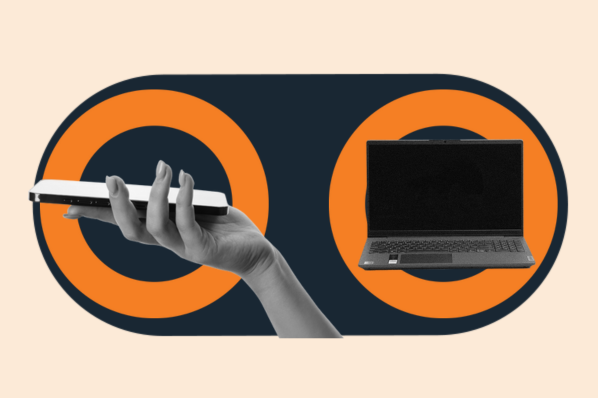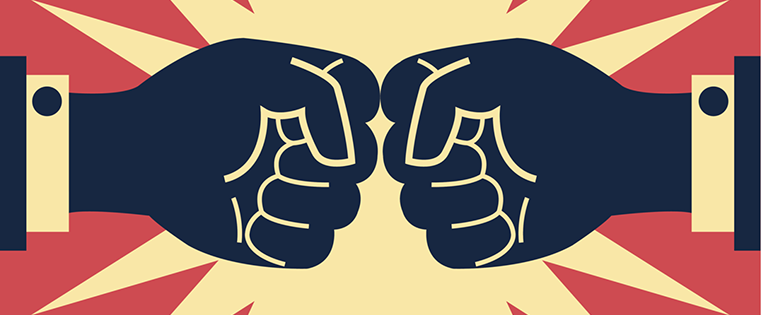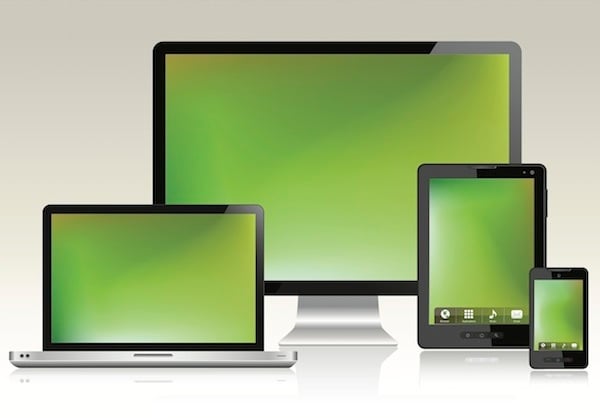 Having worked as a usability and UX expert for over 15 years at Fortune 500 firms and small agencies, I know how difficult it is, especially for smaller agencies, to find suitable usability or UX consultants to help with occasional client projects. The following is a short but helpful list that you can use to make sure you are hiring a competent UX consultant, and not a bad UX pretender:
Having worked as a usability and UX expert for over 15 years at Fortune 500 firms and small agencies, I know how difficult it is, especially for smaller agencies, to find suitable usability or UX consultants to help with occasional client projects. The following is a short but helpful list that you can use to make sure you are hiring a competent UX consultant, and not a bad UX pretender:

Sin #1. Use a friend or acquaintance's advice only – Your natural instinct will be to ask around, to see if anyone you know has used a usability or UX consultant in the past. This is smart, but the sin is stopping there, and not getting more information about the prospective consultant. Without doing things like background checks, asking for samples of work, or checking with past clients, you’re taking a big chance. Make sure you don’t stop at getting a friend or acquaintances’ advice on who to hire.
Sin #2. Don't check references – A legitimate usability or UX consultant will have references, people they’ve worked with in the past that will attest to their skills. The deadly sin here is not calling each reference and asking them probing questions. Ask questions like: “How were they to work with? Were they prompt? Did they communicate clearly, quickly and efficiently? What were their key strengths, and what were their key weaknesses? Would you hire them again? How effective was their work for you?” Probing each reference is a great way to learn whether you have a usability or UX pro, or a UX pretender.
Sin #3. Don't bother testing the consultant – By testing I mean asking for recommendations on how they might go about helping you or your client. At this early stage they won’t be able to come up with specifics for strategy and tactics (if they do, run!). They don’t have enough information yet to solve the issues or create the tactics in your early calls, but they should be able to talk about how they can use their overall methodology or approach to create a strategy and tactics that will work for you. You test them by asking for similar projects they may have worked with in the past. You further test them by asking about their approach to usability and UX. Can they talk about it in such a way that you understand the basics of what they do? If yes, great! If no, move on!
Sin #4. Never check Industry sources – A true expert in usability or UX will have a history of expertise evident across the web and across the industry. Do they blog about it? Are they a member of a usability or UX group such as the Usability Professionals’ Association, the Interaction Design Association or SIGCHI (Special Interest Group on Computer Human Interaction)? Experts generally are members of associations or groups that have a direct bearing on their career. Check to make sure you see that kind of industry participation.
Sin #5. Fail to research the consultant’s education – Anybody can set up a website and call themselves a “usability” or “UX” expert. Unlike accountants, doctors or lawyers, there is no Association or authorized group that vets a practitioner’s knowledge and certifies them. The closest you can come with usability or UX is either a PhD or Masters in the subject, or a Certified Usability Analyst through Human Factors International. Do inspect the prospective consultant’s education and background. You want to make sure that they have acquired their skills either through education or through many long years of practical work.
Sin #6. Hire a low-balling consultant – You can file this one under: “If it seems too good to be true, it probably is.” If most consultants are working for $100 or $150 an hour or up, and you find one who’s willing to work for $20 an hour — run, don’t walk away from them! The problem with consulting is it’s not like going to Kohl’s and buying a shirt. There’s no such thing in the usability or UX world as a set price for a set amount of work that is standard across all consultants. When I hire, I rarely hire the most expensive consultant, and I never hire the cheapest, I always look for someone in the middle. And when I’m doing freelance consulting, my hourly rate is fair considering my expertise and knowledge —it’s not too high and it’s not too low. Like anything else in this world, you get what you pay for.
Sin #7. Forget to get it in writing – I know what you are thinking: “No duh, of COURSE we get it in writing!” But in fact when dealing with consultants it’s very easy to have scope-creep change the nature of your engagement. A good usability or UX consultant will provide you with a proposal that spells out the nature of the engagement early on. Likewise, the contract and the detailed proposal should clearly explain the nature of the project, including providing information about any potential extra costs, such as going past the estimated hours, adding additional testing or related analysis and other scope-creep variables. The more detailed the proposal or contact is, the better protected you are, and the better you know you’ve found a good usability or UX consultant. Make sure you get it in writing. It will make your relationship with your consultant go much more smoothly!
Conclusion – So those are the top seven Sins when hiring a UX consultant. For additional information about usability and UX consultants I’ve listed below a few of the better places to obtain information. By making sure you don’t fall into one or more of the seven sins for hiring a consultant you, your consultant and your client will enjoy a much better project, and relationship!
Usability and UX Resources – Here’s a handy list of usability and UX resources you can use to help you when engaging a consultant.
Usability.gov – Excellent material for understanding what usability is, how it works, and what to do.
Usability Professionals’ Association – The UPA is an organization of members who take usability and UX seriously. It’s always a good idea to ask if your usability or UX expert is a member of this Association.
SIGCHI – The Special Interest Group on Human Computer Interaction is a member organization sometimes considered a bit more “technical” in nature than some other organizations.
Interaction Design Association – The Interaction Design Association is a group of members focused on the practice of improving interaction between people and their devices, websites or applications.
Information Architecture Institute – Another non-profit association, this one is devoted toward the information architecture of websites or applications.
UX Magazine – A publishing site focused on all things usability, user experience and the like. If you find a consultant that says he or she reads “UXMag” then that’s a really good sign.
24 Usability Testing Tools – The most popular post from my Useful Usability website that provides information on the various usability and UX tools available. Many of these are tools your expert should be aware of or should use as applicable.






